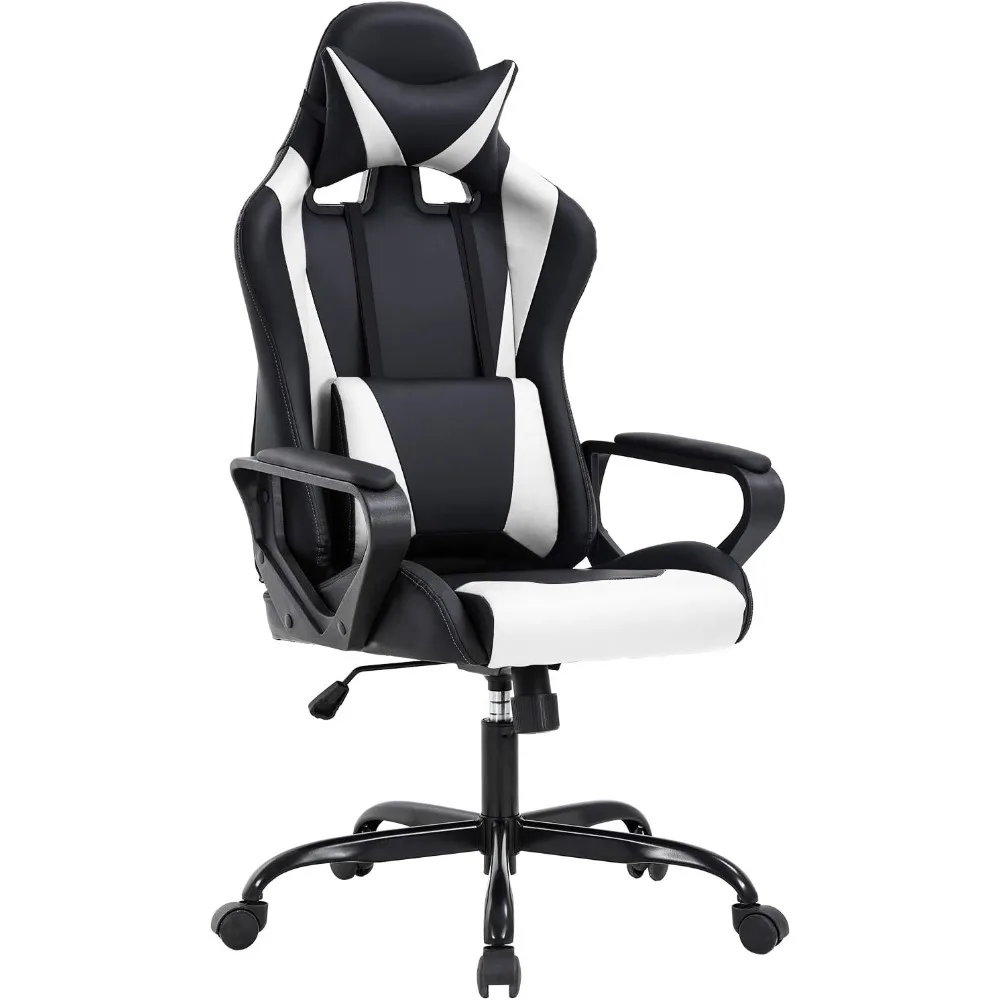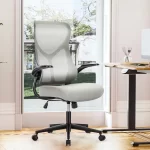Understanding the Problem: Why Does My Office Chair Keep Going Down?
The Mechanics Behind the Issue
An office chair that continually sinks can be a significant annoyance, disrupting your work and productivity. To address this issue effectively, it’s crucial to understand the mechanics behind the problem. Most office chairs use a pneumatic gas lift system to adjust the seat height. This system consists of a gas cylinder, which is responsible for raising and lowering the chair. Inside the gas cylinder is a gas spring, which uses compressed gas to provide height adjustment. When the chair keeps sinking, it’s often because the gas lift mechanism is failing or compromised. This could be due to a fault in the gas spring, a damaged cylinder, or a problem with the chair’s internal components. By delving into these potential issues, you can better understand how to troubleshoot and fix the problem.
Identifying the Symptoms of a Faulty Gas Lift
Recognizing the symptoms of a faulty gas lift can help you diagnose the issue more accurately. Common signs include the chair gradually sinking while in use, requiring frequent readjustment, or the seat not holding its position when you release the adjustment lever. Additionally, you might notice a hissing sound or feel a decrease in the chair’s ability to stay at your preferred height. Understanding these symptoms allows you to pinpoint the exact issue, whether it’s a gas cylinder problem or an issue with the chair’s height adjustment mechanism.
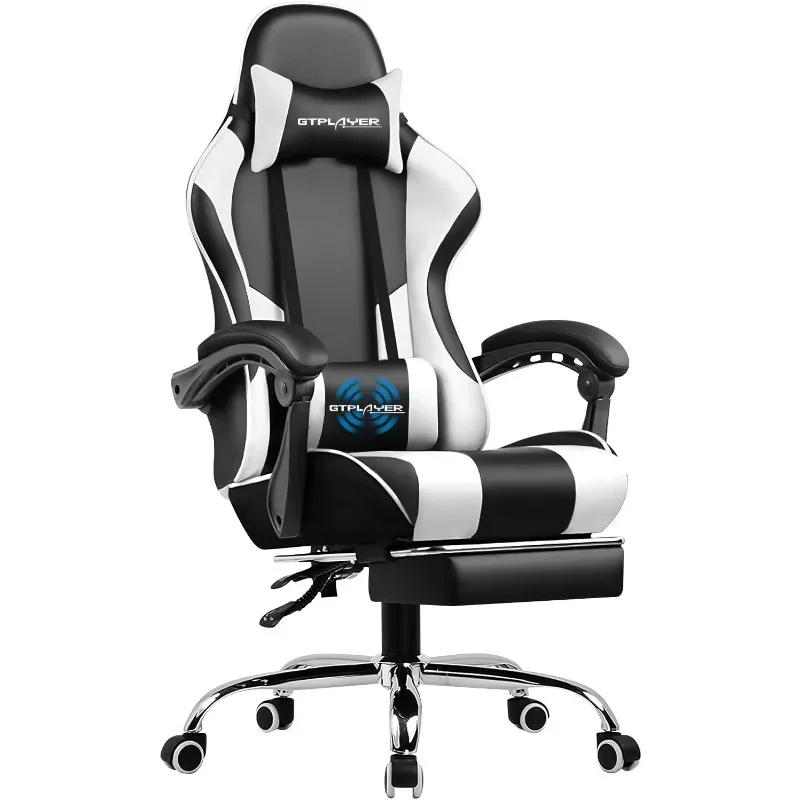
Common Causes of Office Chair Sinking
Wear and Tear of the Gas Lift Cylinder
One of the most common causes of an office chair sinking is wear and tear of the gas lift cylinder. Over time, the gas cylinder can degrade due to frequent use, exposure to various elements, or simply aging. The internal seals of the gas cylinder might wear out, leading to a loss of pressure and the inability to hold the chair at the desired height. This can result in the chair gradually lowering itself or failing to maintain a stable height. Regular use and lack of maintenance can accelerate this wear and tear, making it a frequent issue for many office chairs.
Damage to the Chair’s Base or Mechanism
Another potential cause of a sinking office chair is damage to the chair’s base or internal mechanism. The base, which includes the casters and the seat plate, can become damaged or misaligned over time. This damage can affect the functionality of the gas lift system and cause the chair to sink. Similarly, internal components such as the height adjustment lever or the locking mechanism might become faulty due to wear, misalignment, or mechanical failure. Identifying and addressing any visible damage or irregularities in the chair’s base or mechanism is essential in resolving the sinking issue.
Troubleshooting and Fixes for a Sinking Office Chair
Checking the Gas Lift Cylinder
To troubleshoot a sinking office chair, start by inspecting the gas lift cylinder. Check for any visible signs of damage, such as dents, leaks, or corrosion. If the cylinder appears compromised, it may need to be replaced. You can test the gas lift by adjusting the height and observing if the chair stays at the desired position. If the chair continues to sink, it is likely that the gas lift is malfunctioning and will need repair or replacement. Replacement gas lift cylinders are available from office supply stores or online retailers and can be installed with basic tools.
Adjusting or Replacing the Gas Lift Mechanism
If the gas lift cylinder appears intact but the chair still sinks, the issue might be with the gas lift mechanism itself. In some cases, the height adjustment lever might be loose or damaged, affecting the chair’s ability to stay in position. Tighten any loose screws or bolts associated with the lever and test the chair again. If the lever or mechanism is damaged, it may need to be replaced. Replacement parts can often be ordered from the chair’s manufacturer or a specialized office furniture retailer. Follow the manufacturer’s instructions for installation to ensure proper function.
Preventing Future Issues with Your Office Chair
Regular Maintenance and Inspection
To prevent future issues with your office chair, regular maintenance and inspection are crucial. Periodically check the gas lift cylinder, chair base, and adjustment mechanisms for any signs of wear or damage. Lubricate moving parts and tighten any loose components to ensure smooth operation. Regular maintenance can help prolong the lifespan of your chair and prevent issues like sinking. Additionally, avoid overloading the chair or subjecting it to excessive force, as this can accelerate wear and lead to premature failure of the gas lift system.
Proper Usage and Weight Distribution
Proper usage and weight distribution are also important in maintaining your office chair’s functionality. Ensure that the chair is used within its specified weight limits to avoid stressing the gas lift cylinder and other components. Sit evenly in the chair and avoid leaning or shifting weight excessively, as this can put undue pressure on the chair’s mechanism and contribute to issues like sinking. By adhering to proper usage guidelines, you can help ensure that your chair remains in good working condition and continues to provide reliable performance.
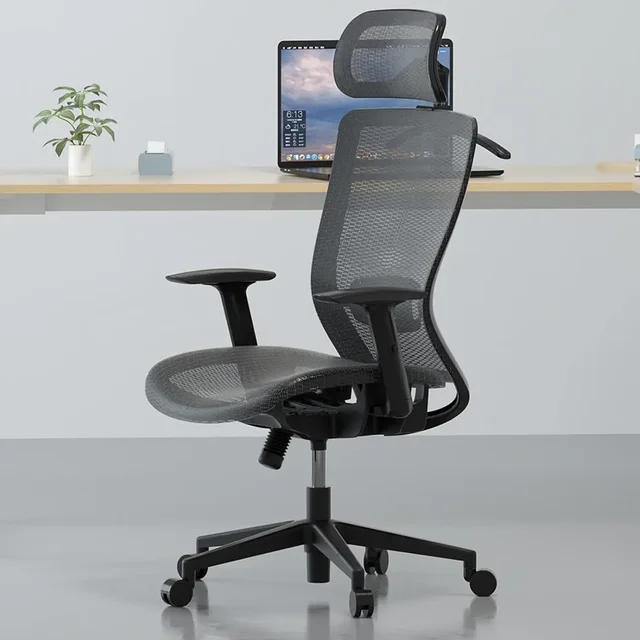
When to Seek Professional Help
Identifying Complex Issues
If you have tried troubleshooting and fixing the office chair yourself but the problem persists, it may be time to seek professional help. Complex issues such as internal damage to the gas lift cylinder or base mechanism might require specialized tools or expertise to diagnose and repair. Additionally, if you are unsure about the cause of the problem or how to fix it, consulting a professional can provide a more accurate assessment and solution. Office furniture repair services or a professional handyman can often offer assistance in diagnosing and resolving more intricate issues with your chair.
Consulting Manufacturer or Warranty Services
If your office chair is still under warranty, contacting the manufacturer or warranty service is a viable option. Many warranties cover repairs or replacements for faulty components, including the gas lift cylinder. Provide details about the issue and any troubleshooting steps you have already taken to facilitate a quicker resolution. The manufacturer or warranty service can guide you through the repair or replacement process and ensure that your chair is restored to optimal functionality. Always keep your warranty documentation and purchase receipts for reference when seeking warranty services.
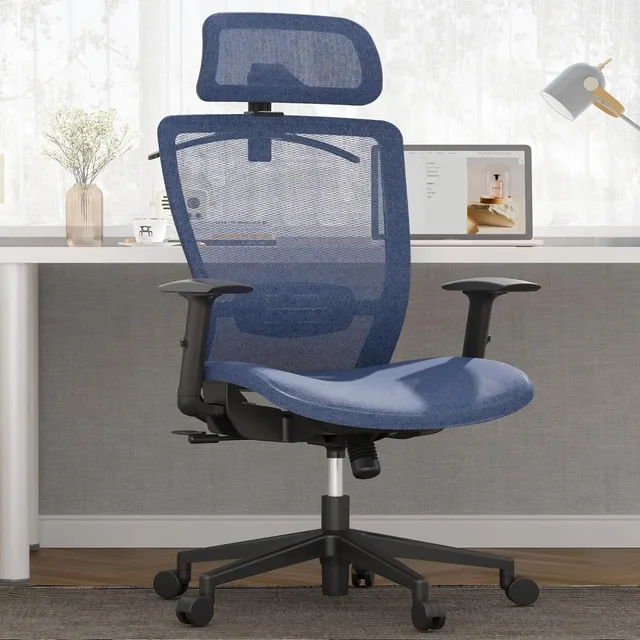
Conclusion: Ensuring a Comfortable and Functional Office Chair
Maintaining Optimal Chair Performance
An office chair that keeps going down can disrupt your comfort and productivity. By understanding the mechanics of the gas lift system and the common causes of the issue, you can effectively troubleshoot and implement fixes. Regular maintenance, proper usage, and timely repairs can help ensure that your office chair remains functional and comfortable. Whether you choose to fix the chair yourself or seek professional assistance, addressing the issue promptly will help maintain a supportive and ergonomic seating environment.
Investing in Quality and Support
Investing in a high-quality office chair with robust components can also reduce the likelihood of issues such as sinking. Choose chairs with durable gas lift systems, reliable mechanisms, and supportive bases to ensure long-term performance. Additionally, consider the warranty and support options provided by the manufacturer to safeguard against potential issues. By prioritizing quality and maintenance, you can enjoy a comfortable and functional office chair that enhances your work experience and contributes to your overall well-being.
